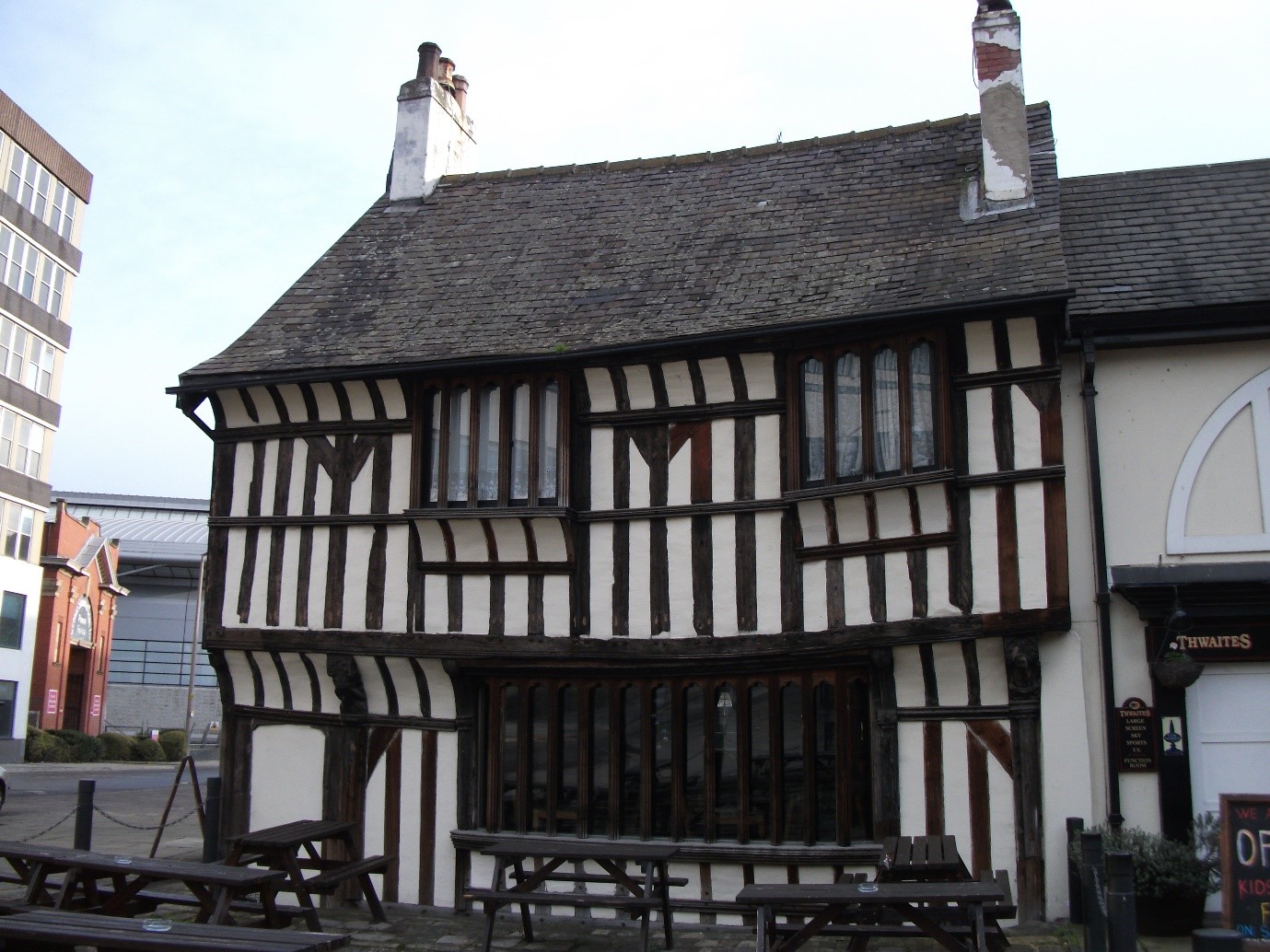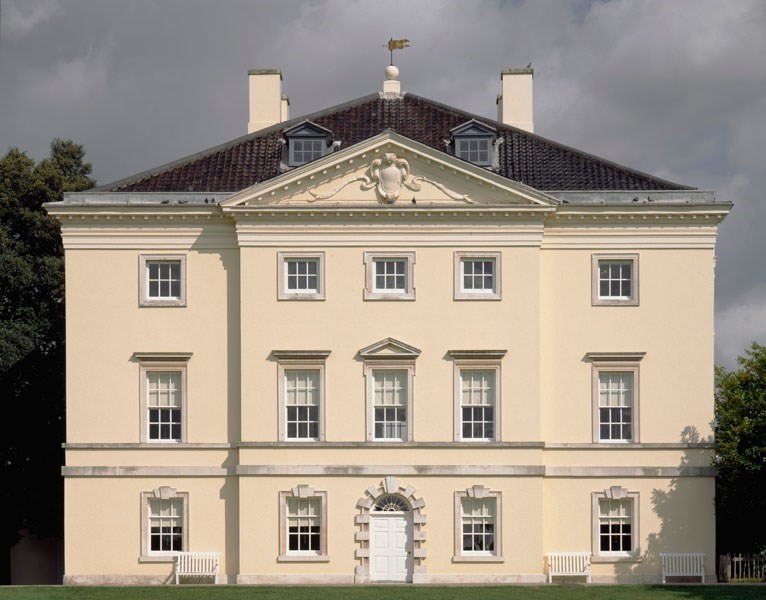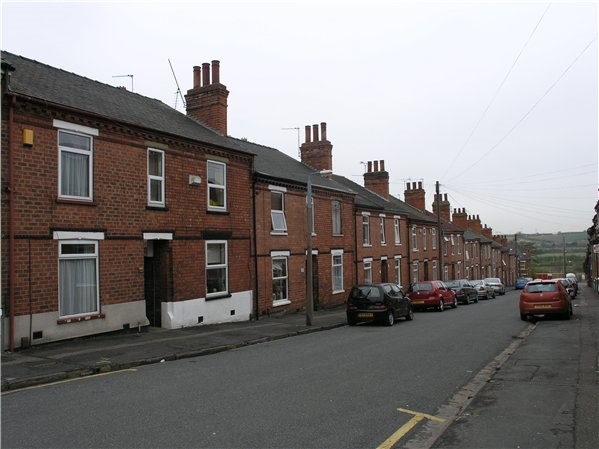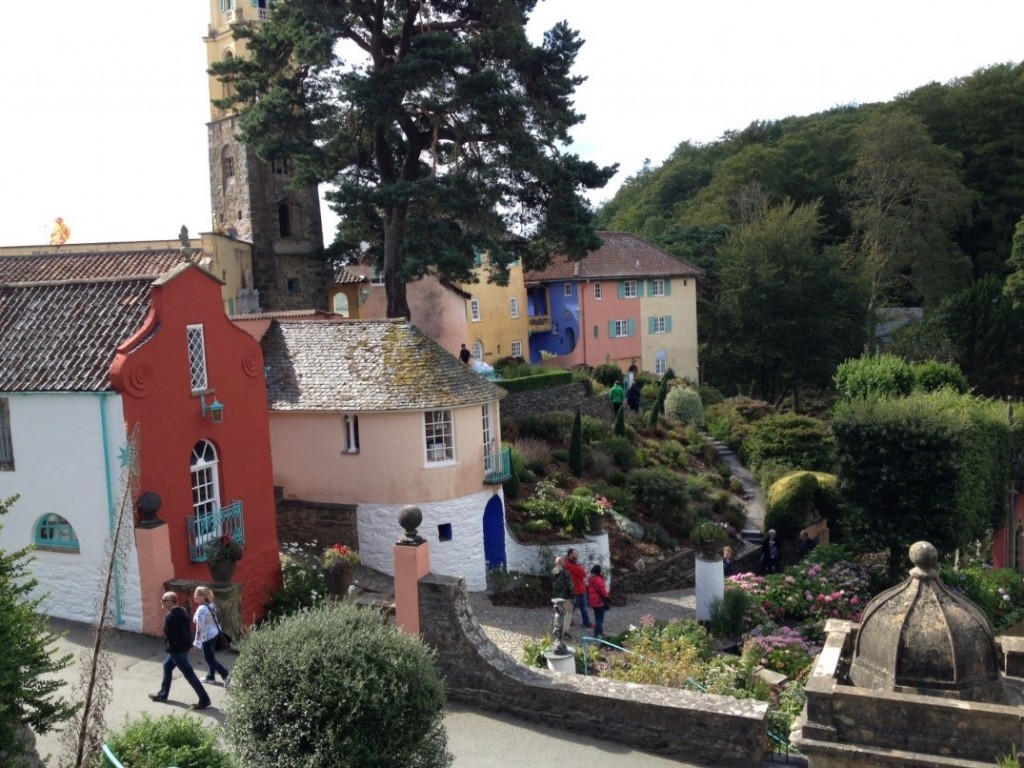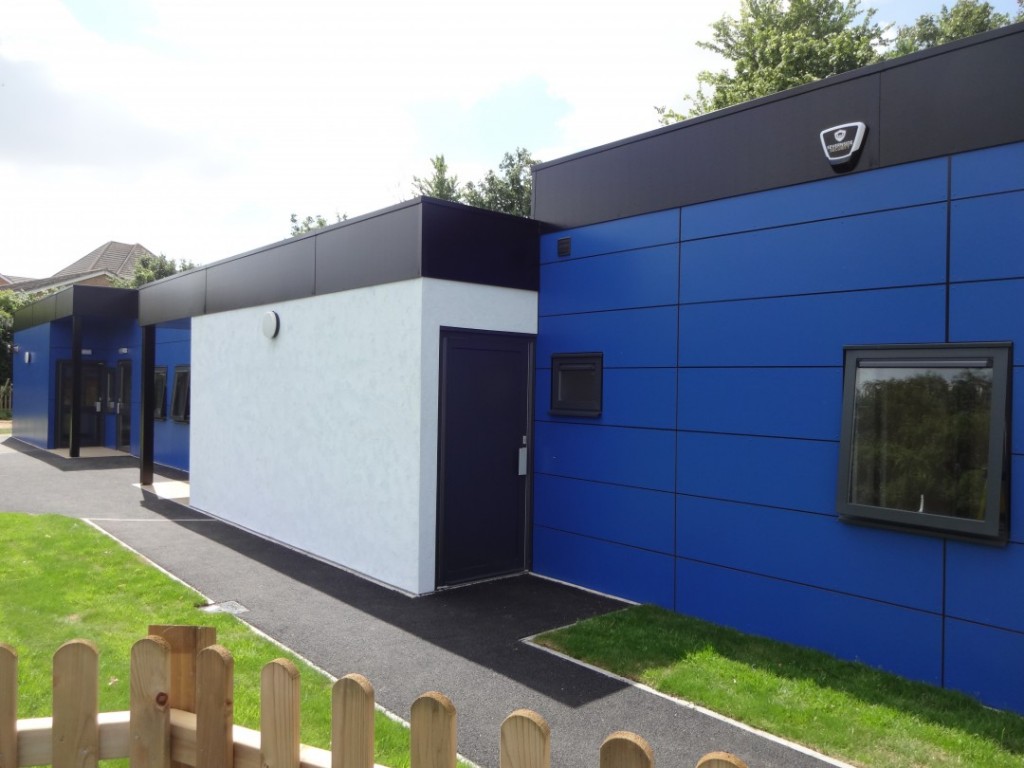
From Modern Britain to the Tudor times – The buildings throughout the ages
From Medieval cathedrals to Victorian terraces: the British building trade reflects our advancements in technology, our periods of wealth and our times of hardship. A truly remarkable ever-evolving journey through time; British architecture statements the development of society through the ages.
Have you ever stopped and really looked at the architecture around you? From the vast manor houses shadowing cities to the quaint public houses lining the country: British buildings ooze culture, vision and innovation.
Contents:
- The Tudors
- The Georgians
- The Victorians
- The 20th Century
- The 21st Century
- Building Britain: Where is British architecture heading?
The Tudors
The Tudor era saw 16th century architecture blossom.
Our most famous Tudor King, King Henry Viii loved all things majestic which was reflected in the architecture he left behind.
The more common domestic homes from the Tudor era were the timbered wooden beams puzzled between a mixture of small sticks and wet clay which we see lining highstreets and residential areas today.
Known as the ‘black and white’ effect, these remarkable archaic structures offered a unique look of bespoke charm imitating Tudor society where class division was clear: the rich were rich and the poor were poor.
The Georgians
Image Courtesy of Historic England
The Georgian era (1714-1830) statements a vast change in British architecture.
As the era saw huge advances in trade, industrialisation, radicalism and repression; society saw a clear division of class. Extreme luxury versus extreme poverty was reflected in the architectural structures of the Georgian era.
Typically, 18th Century Georgian homes were built with sheer elegance among affluent British society members. Their homes we’re formally styled, two or three storeys high and symmetrical inside and out.
Windows we’re heavily taxed in financial preparation of war which meant the more windows a home had, the wealthier that homeowner was.
Georgian buildings are iconic to British architecture having been referred to regularly by classic Georgian novelist; Jane Austin.
Standing tall, these characteristic buildings overlook countries, cities and towns alike; many of which still habited by families all over the UK today.
The Victorians
During Victorian Britain (1837-1901), architecture took a pivotal turn which modernised, in fact revolutionised the British building trade for decades contributing hugely to the way we live today.
As Queen Victoria occupied the British throne, the beginning of the British railway systems and improved manufacturing processing was born.
Advancements in the British railway systems saw building materials, which could only be used locally, now able to be transported across the nation.
The advancements Britain saw in her railways contributed to change in buildings nationwide as we were now able to use various materials in our buildings.
More affluent Victorian families indulged in slate, transported from North Wales quarries or bricks, manufactured and transported from Bedfordshire in order to make their homes better suited to adverse weather conditions.
The most common type of home associated with Victorian England was the back-to-back terraced town houses. Homes built so sturdy- they’re commonly habited by families, couples and singles in society today.
The Victorian era aided in British buildings becoming stronger with the use of better, cheaper materials.
The 20th Century
During the 20th Century, architecture continued to evolve. During this time, multinational travelling become popular which saw elements of British architecture become heavily influenced by that of overseas.
One of the most extraordinary architectural projects completed during the 20th century was the Italian replica village built on the North Wales coast: Port Merion.
Built between the years of 1954-1976, Port Merion was designed by architect Clough Williams-Ellis who acquired the site in 1925.
This village, striking from close and afar, was built with intricacy, innovation and creativity.
The site influenced British architecture and the building trade as we learnt how we were able to replicate virtually anywhere in the world: all thanks to the advances and developments seen in the aircraft engineering industry.
The 21st Century
The 21st Century has seen a boom in pre-assembled eco friendly buildings in line with the world’s greater need to save the planet.
Said to be one of the strongest needs in today’s housing market; economically friendly buildings are commonly sought for their energy efficient, cost-efficient, transportable benefits in modern society.
Eco friendly modular buildings are among the most recent architectural developments seen in Britain today. As well as homes, modular buildings are also a common addition in schools, colleges, universities and health establishments, reflecting Britain’s ever growing society and its need to accommodate the growing number of people who now call Britain home.
Building Britain: Where is British architecture heading?
From medieval cathedrals to Victorian terraces; British architecture has evolved in a way which directly reflects British Society.
As we continue our journey through the ages it’s clear how the way we live, our economical stance and our advancements in technology will each in turn contribute to future British Architectural structures.
After all; society built Britain, society changed Britain, and society is Britain.
Article written by writer, marketer and British history enthusiast: Carina Parry-Stevens. With a love of communication, Carina’s always happy to help fellow writers and marketers in their work.
Connect with her on linkedin today!

